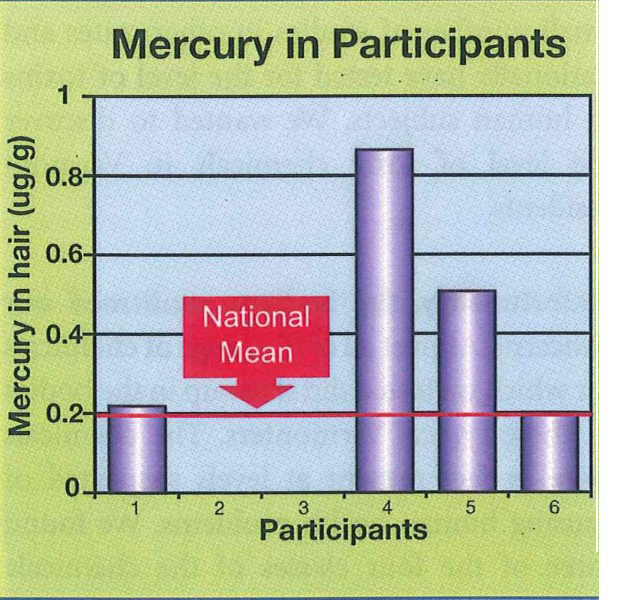Bug-Sex Each Day Will Keep the Pesticides Away
Spring has sprung in northern New England, and I, for one, couldn’t be more excited. Among the many things I look forward to, starting a vegetable garden is on the top of my list. There’s nothing quite as satisfying as raising your own food against the odds. What odds do I face? The weather, my cats who think it’s their job to lie on top of my seedlings, and the biggest obstacle of all—the Very Hungry Caterpillar who tries to eat his way through everything I plant!
Since I can’t bring myself to use pesticides, I am delighted to hear of a new way of keeping crops pest-free! The answer? Over-sexed male bugs, or a “stud bug."
Researchers have come up with a plan to introduce “super-sexed” sterilized male bugs into the world, whose sole purpose in life is to get it on with females. These sterile males copulate with wild females, who are then unable to lay fertile eggs, thus reducing their population.
 While this may seem like a mean joke to those unsuspecting grasshoppers and fruit flies…Trust me when I say that this sex solution is a much kinder alternative to the traditional Death By Pesticide Asphyxiation. It’s also a win-win for humans, as it reduces the number of chemically-doused fruits and vegetables we consume each day.
While this may seem like a mean joke to those unsuspecting grasshoppers and fruit flies…Trust me when I say that this sex solution is a much kinder alternative to the traditional Death By Pesticide Asphyxiation. It’s also a win-win for humans, as it reduces the number of chemically-doused fruits and vegetables we consume each day.
Until these over-sexed males show up in my backyard, I guess I’ll just have to put up with my hungry friends. But if anyone has organic suggestions, please let me know.



 The
The  After my recent break-up with my long term boyfriend, I decided that instead of feeling bad for myself I would reflect on the things I was thankful for. Number one: I didn’t get that tattoo of a heart with his name in it.
After my recent break-up with my long term boyfriend, I decided that instead of feeling bad for myself I would reflect on the things I was thankful for. Number one: I didn’t get that tattoo of a heart with his name in it.